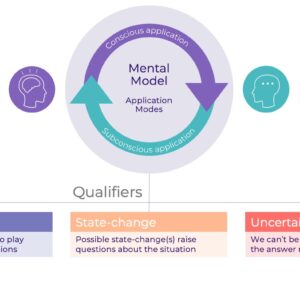How You Will Benefit
Towers Watson conducted a Global Workforce Study and found that only about a third of the global workforce is highly engaged, leaving the remaining two-thirds less engaged or not engaged. This is important because highly engaged employees are emotionally committed to their organization’s goals and use their discretionary effort to go the extra mile on behalf of their organization.
In addition, the stock prices of organizations that are part of Fortune magazine’s “100 Best Companies to Work For” rose an average of 14% over a period of seven years, compared to 5% for the overall market. In other words, doing well for your employees results in doing well for your stockholders.
What do employees who are not highly engaged do? They might look for work elsewhere—or perhaps even worse, stay and do the bare minimum to remain employed. There are many studies that investigate why good employees leave their jobs. These studies have consistently discovered the following reasons for employee departure:
•Lack of meaningful work
•Lack of trust and respect
•Lack of support from direct supervisors and management
•Lack of appreciation
•Constantly shifting priorities and reorganization
•Feeling ignored or micromanaged
Course Objectives
Successful completion of this course will increase your ability to:
•Recognize the importance of knowing every employee as a unique individual.
•Identify each employee’s strengths and how to leverage them in the workplace.
•Show your support by minimizing obstacles thatfrustrate employees—including yourself!
•Create a career path and meaningful work for each employee.
•Foster an environment where employees feel free to ask and say anything.
•Show appreciation and recognition in a way that is meaningful to each employee.
Key Topics Covered
This course explores the following subjects in-depth:
•Behaviors managers can exhibit and activities they can initiate to show they care
•Questions the manager and employee can answer together in order to determine the employee’s strengths and how to best leverage them
•Common obstacles to engagement as well astechniques for reducing and overcoming them
•Skills and methods for helping employees to establish the direction in their career path and feel a sense of importance in their work
•Principles of and strategies for effective communication
•Asking the right questions to tailor recognition and offering the right kind of praise
What the Course Offers
•Interactive learning setting
•Opportunity to apply the concepts in a risk-free environment
•Thorough set of materials: Instructor Guide, Participant Guide, classroom PowerPointpresentation, and one-page Learning Summary






